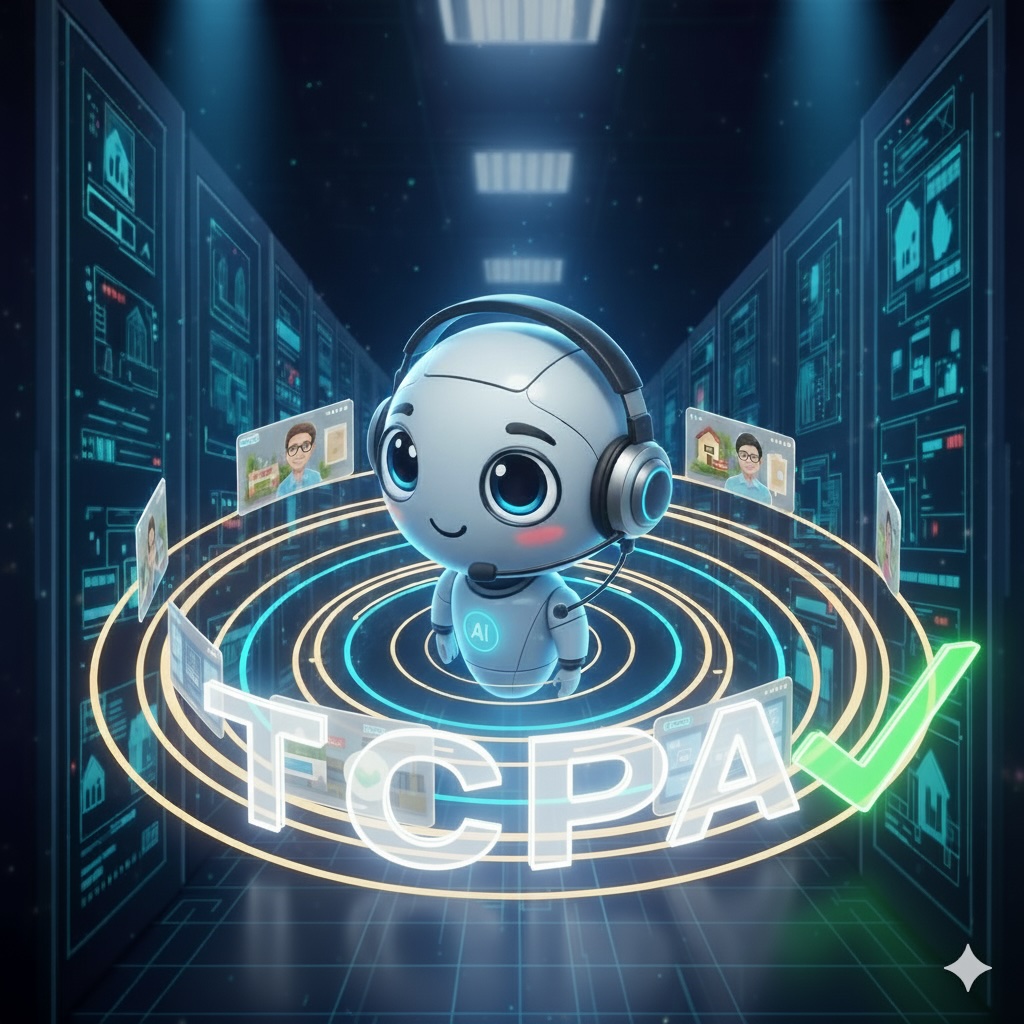
Key KPIs to Track When Transitioning from Traditional Telemarketing to AI Solutions
See our telemarketing agency directory →
Introduction
As businesses shift their telemarketing activities from traditional providers like Teleperformance to AI-driven solutions such as OneAI, understanding how to measure success becomes critical. Unlike traditional models, where performance heavily relies on human agents, AI telemarketing introduces automation, real-time optimization, and data-driven decision-making that require a new set of KPIs (Key Performance Indicators).
In traditional telemarketing, the main throttle is the human factor—bringing unique advantages like empathy and persuasion but also introducing limitations and biases. Inconsistency, emotional variability, and motivation that may not fully align with business goals can affect performance. Once you remove the human throttling, a whole new world of optimization becomes available. AI unlocks capabilities like micro-segmentation, concurrency, and dynamic call cadence adjustments, allowing for precise, data-driven fine-tuning that traditional models simply can’t achieve.
When choosing, transitioning, and working with your AI telemarketing provider, it’s essential to ensure they are focused on measuring key performance metrics, continuously optimizing based on data, and providing full transparency into these processes. This approach ensures you’re not only improving efficiency but also making informed, data-driven decisions that directly impact your bottom line.
Why KPIs Matter in AI Telemarketing
Traditional telemarketing often focuses on metrics like the number of calls per agent or average handling time. While these are still relevant, AI telemarketing shifts the focus towards efficiency, conversion effectiveness, and cost optimization. AI-driven platforms like OneAI offer deeper insights into campaign performance, allowing businesses to refine strategies in real-time and improve ROI.
Key KPIs to Focus On
- Connection Rate 📞
What it measures: The percentage of successful connections out of total call attempts.
Why it matters: AI optimizes dialing strategies by analyzing the best times to call, connection rates by region, and call patterns, significantly increasing contact rates compared to manual dialing.
What to Look for in Your Provider: Ensure they offer real-time dashboards tracking connection rates and actionable insights to improve performance. - Conversion Rate 💼
What it measures: The percentage of connected calls that result in a desired outcome (e.g., sale, appointment booked, lead qualified).
Why it matters: AI agents adapt in real-time, personalizing scripts based on customer responses, leading to higher conversion rates.
Provider Tip: Your AI provider should offer A/B testing capabilities and detailed conversion analytics to identify what’s working and where improvements can be made. - Cost Per Acquisition (CPA) 💰
What it measures: The cost to acquire a new customer, factoring in operational expenses and marketing efforts.
Why it matters: AI reduces overhead by minimizing the need for large sales teams, optimizing dialing, and automating lead qualification—driving down CPA.
Provider Tip: Choose a provider that clearly reports on CPA trends over time and can demonstrate cost reduction through their AI optimizations. - Average Handling Time (AHT) ⏱️
What it measures: The average time spent per call, from dialing to call completion.
Why it matters: AI handles repetitive tasks faster and more efficiently, shortening call times while maintaining high-quality interactions.
Provider Tip: Ensure transparency around AHT, with breakdowns by call type, lead quality, and agent performance. - Call Outcome Analytics 📊
What it measures: Detailed tracking of call results—converted leads, disqualified prospects, follow-ups scheduled, no-answers, etc.
Why it matters: AI platforms like OneAI provide granular insights into every call, allowing businesses to identify patterns, optimize scripts, and refine targeting strategies.
Provider Tip: Your provider should offer customizable reports that break down call outcomes, helping you pinpoint where your sales funnel can be improved. - Lead Qualification Rate 🔍
What it measures: The percentage of calls that result in a lead being qualified for the next stage in the sales funnel.
Why it matters: AI excels at quickly identifying qualified leads based on predefined criteria, reducing wasted time on low-potential prospects.
Provider Tip: Look for AI solutions that not only qualify leads but also provide transparency into why leads are qualified or disqualified. - Dialing Efficiency Metrics 📞⚡
Includes:
- Calls per Hour: Measures the productivity of the dialing system.
- Right-Party Contact Rate (RPC): Tracks how often the correct decision-maker is reached.
- Dropped Call Rate: Monitors how many calls are disconnected before completion.
Why it matters: AI systems dynamically adjust dialing patterns for optimal efficiency, minimizing downtime and maximizing productive connections.
Provider Tip: Ensure your provider’s platform provides real-time visibility into these metrics, with clear optimization recommendations.
- Engagement Rate 🤝
What it measures: The percentage of calls where meaningful conversations occur (beyond introductions or immediate hang-ups).
Why it matters: AI can detect customer engagement through speech analytics, providing insights into how effectively calls capture interest.
Provider Tip: Choose a provider that offers sentiment analysis and engagement scoring to refine messaging and targeting strategies. - Sales Velocity 🚀
What it measures: The speed at which leads move through the sales funnel, from initial contact to conversion.
Why it matters: AI accelerates the sales process by automating follow-ups, nurturing leads with personalized interactions, and reducing the time between touchpoints.
Provider Tip: Ensure your provider tracks the time it takes to convert leads and identifies bottlenecks in the process. - Return on Investment (ROI) 📈
What it measures: The overall financial return generated from telemarketing efforts compared to the cost of running campaigns.
Why it matters: This is the ultimate KPI—demonstrating the profitability of transitioning to AI telemarketing solutions. AI-driven efficiency often leads to higher revenue with lower operational costs.
Provider Tip: Your provider should offer comprehensive ROI dashboards, allowing you to track financial performance at a glance.
Choosing the Right AI Telemarketing Provider: Measurement, Optimization, and Transparency
When transitioning to AI telemarketing, success isn’t just about automation—it’s about working with a provider that is deeply committed to:
- Measuring the right KPIs: They should track every metric that impacts your sales outcomes.
- Continuous optimization: The AI system should learn from every interaction, improving performance over time without manual intervention.
- Transparency: You deserve clear, real-time access to performance data with actionable insights, not just raw numbers.
Providers like OneAI don’t just deliver technology—they offer a data-driven partnership designed to continuously improve your telemarketing outcomes.ConclusionTransitioning from a traditional telemarketing company like Teleperformance to an AI-driven solution is more than a technological shift—it’s a strategic move towards data-driven, scalable, and cost-effective sales operations. By focusing on the right KPIs and partnering with an AI telemarketing provider that prioritizes measurement, optimization, and transparency, businesses can unlock new levels of efficiency, lead generation, and revenue growth.Whether you start by transitioning a small portion of your calls or move your entire telemarketing operation, these KPIs will help you measure success every step of the way.
Read Next

With over a decade of professional experience, my journey has been marked by a commitment to excellence in leadership, community building, and strategic sales.
At One AI, I lead the charge in pioneering generative AI solutions that revolutionize how businesses operate. Our mission aligns with my passion for harnessing technology to empower organizations and adapt to an ever-evolving digital landscape, ensuring they remain at the forefront of innovation.



